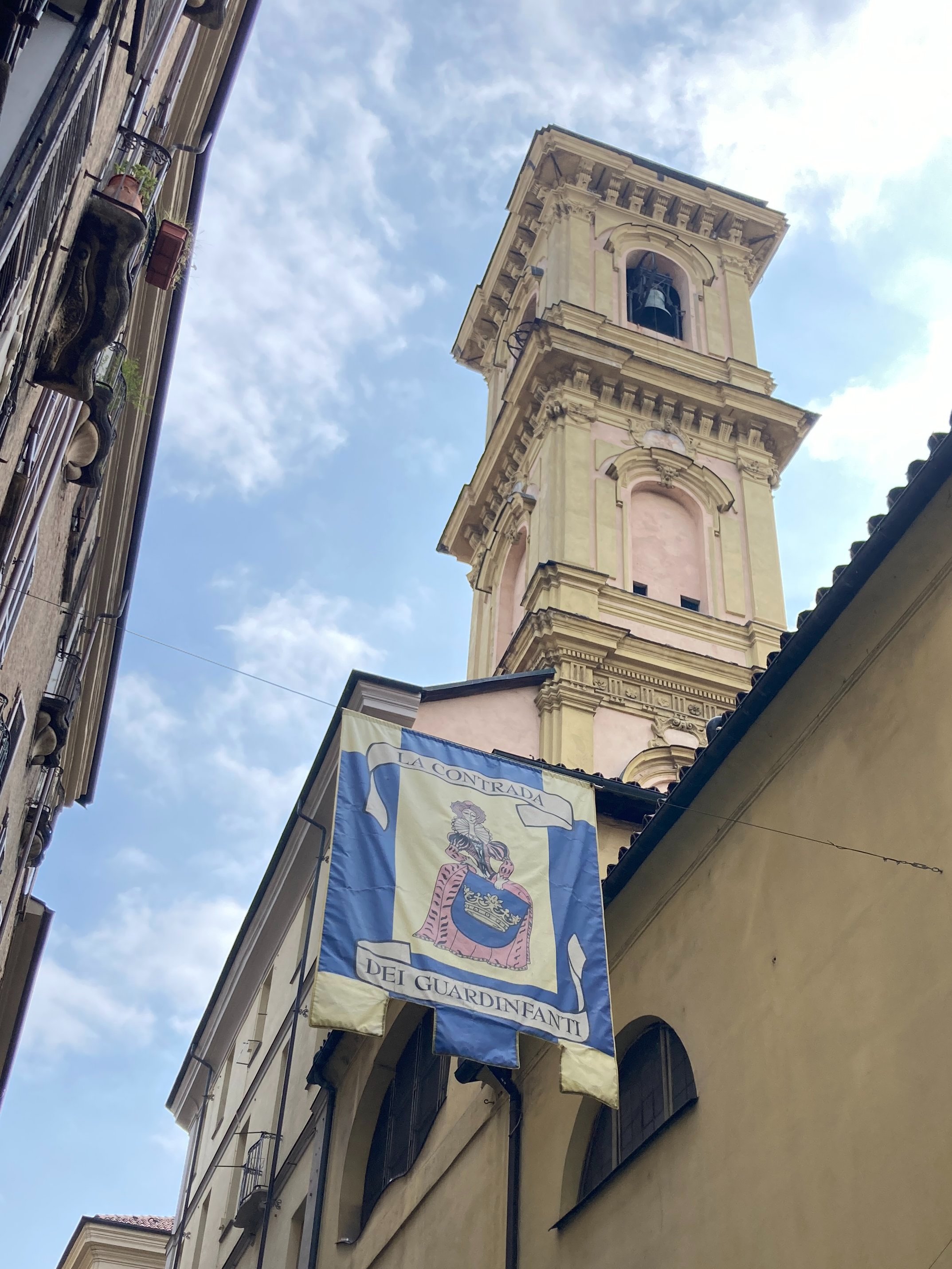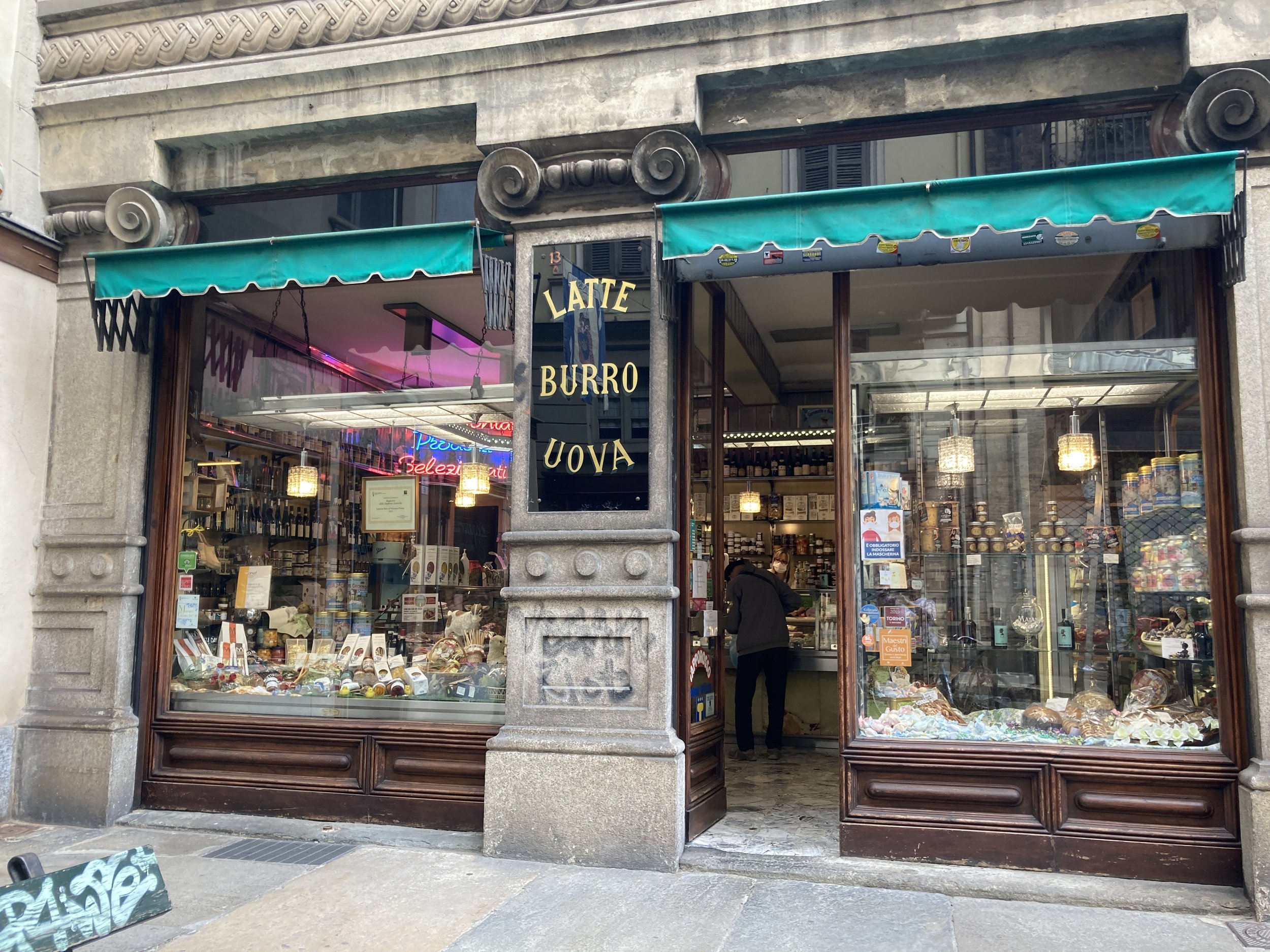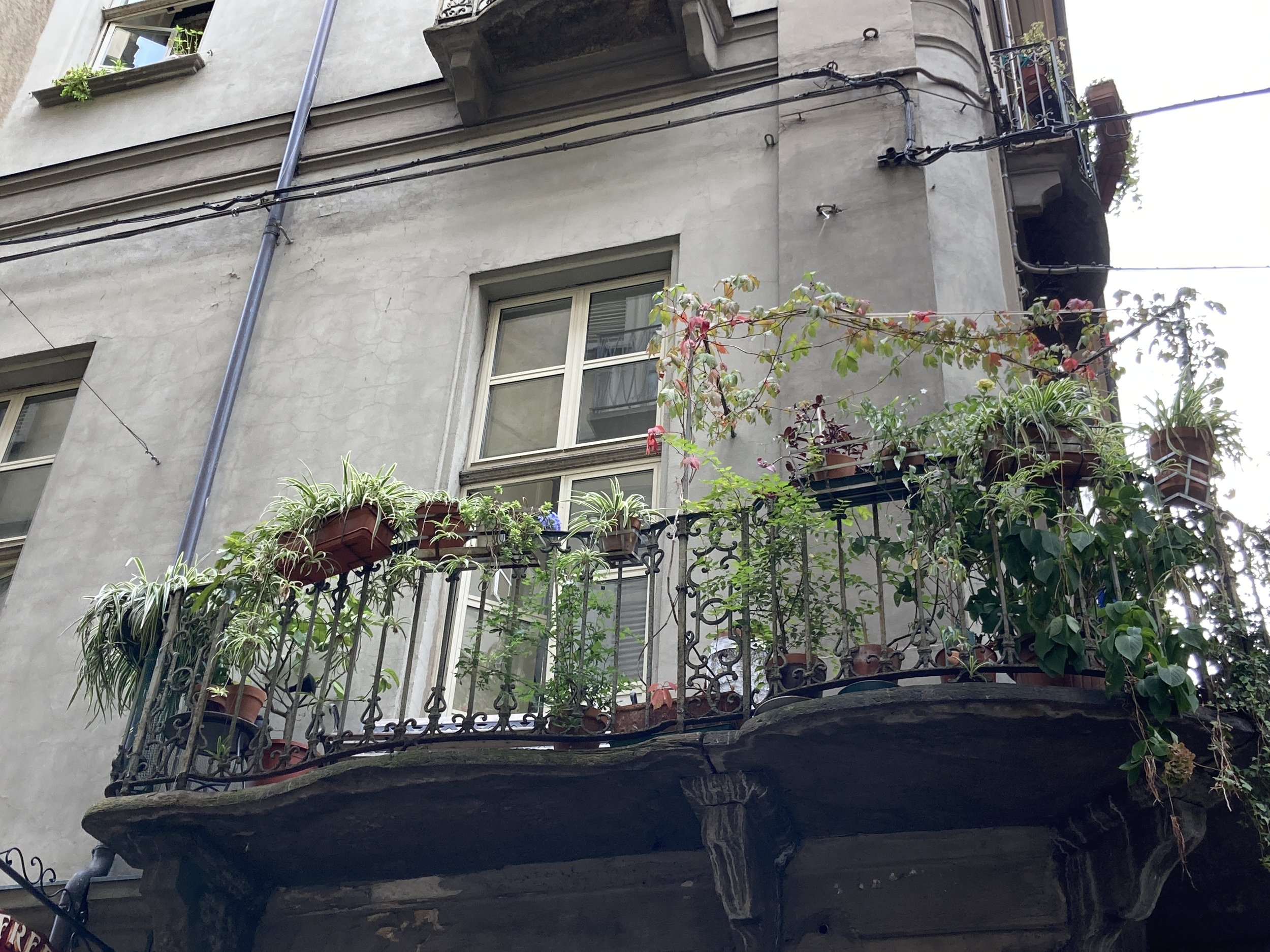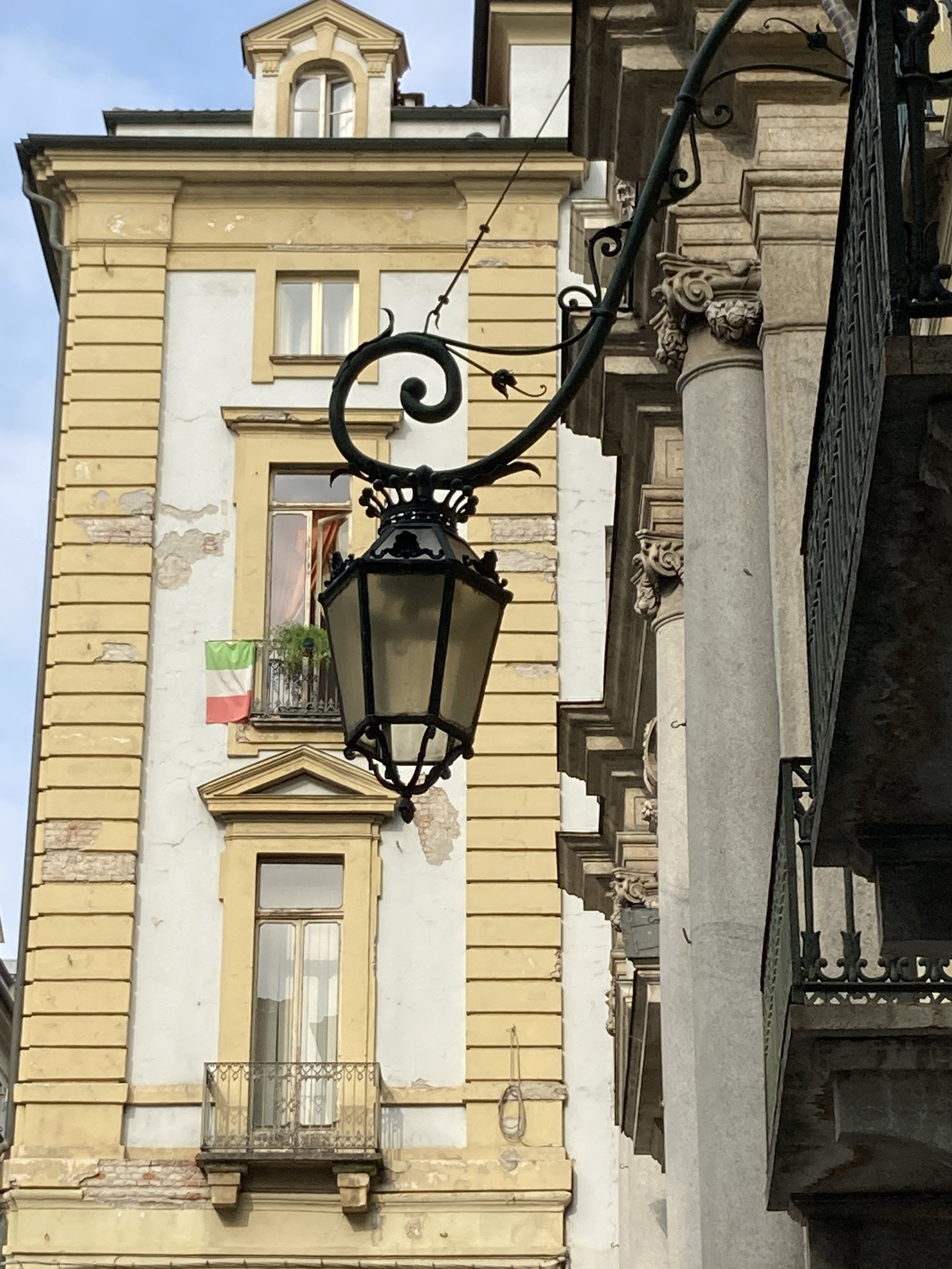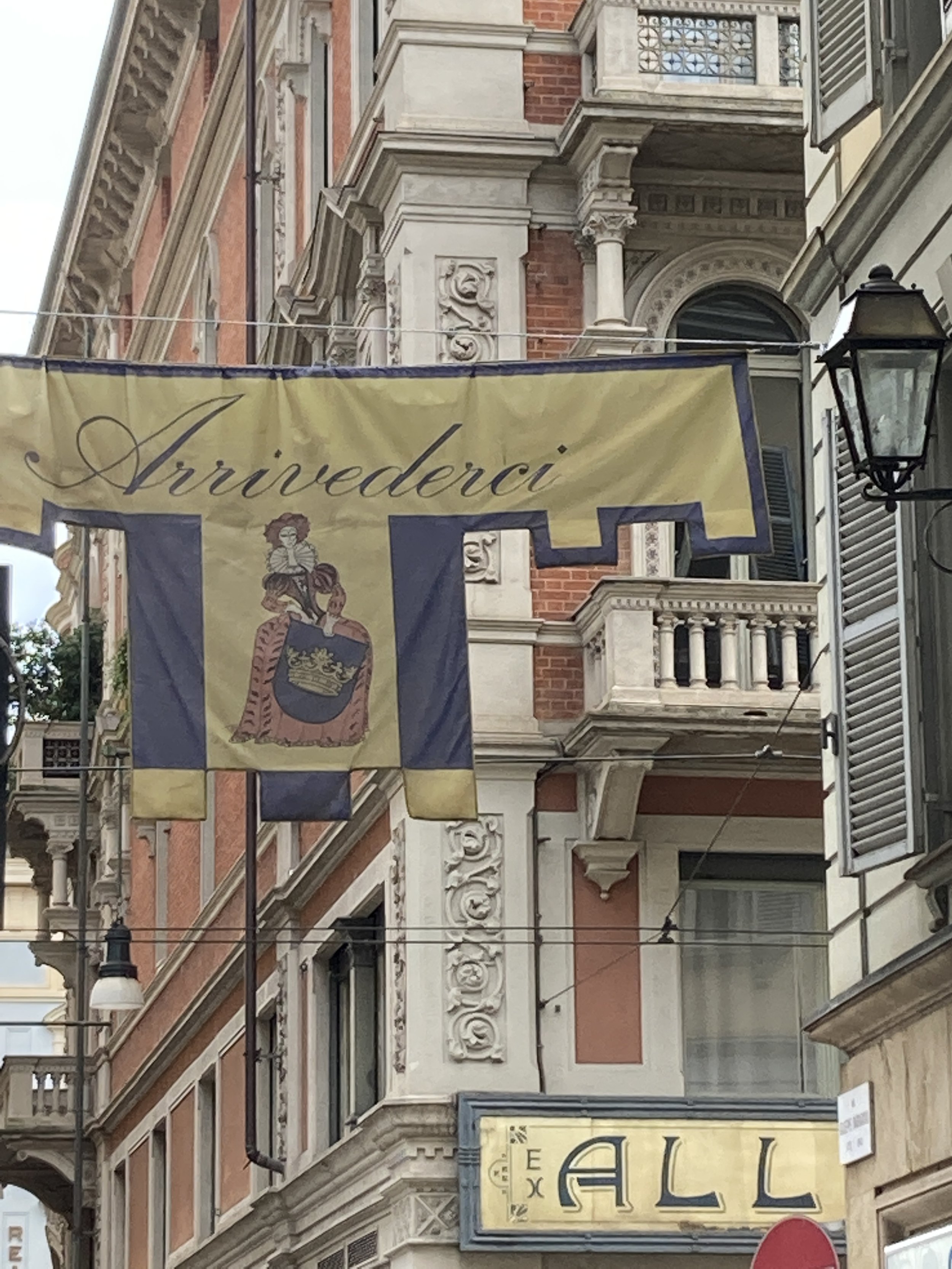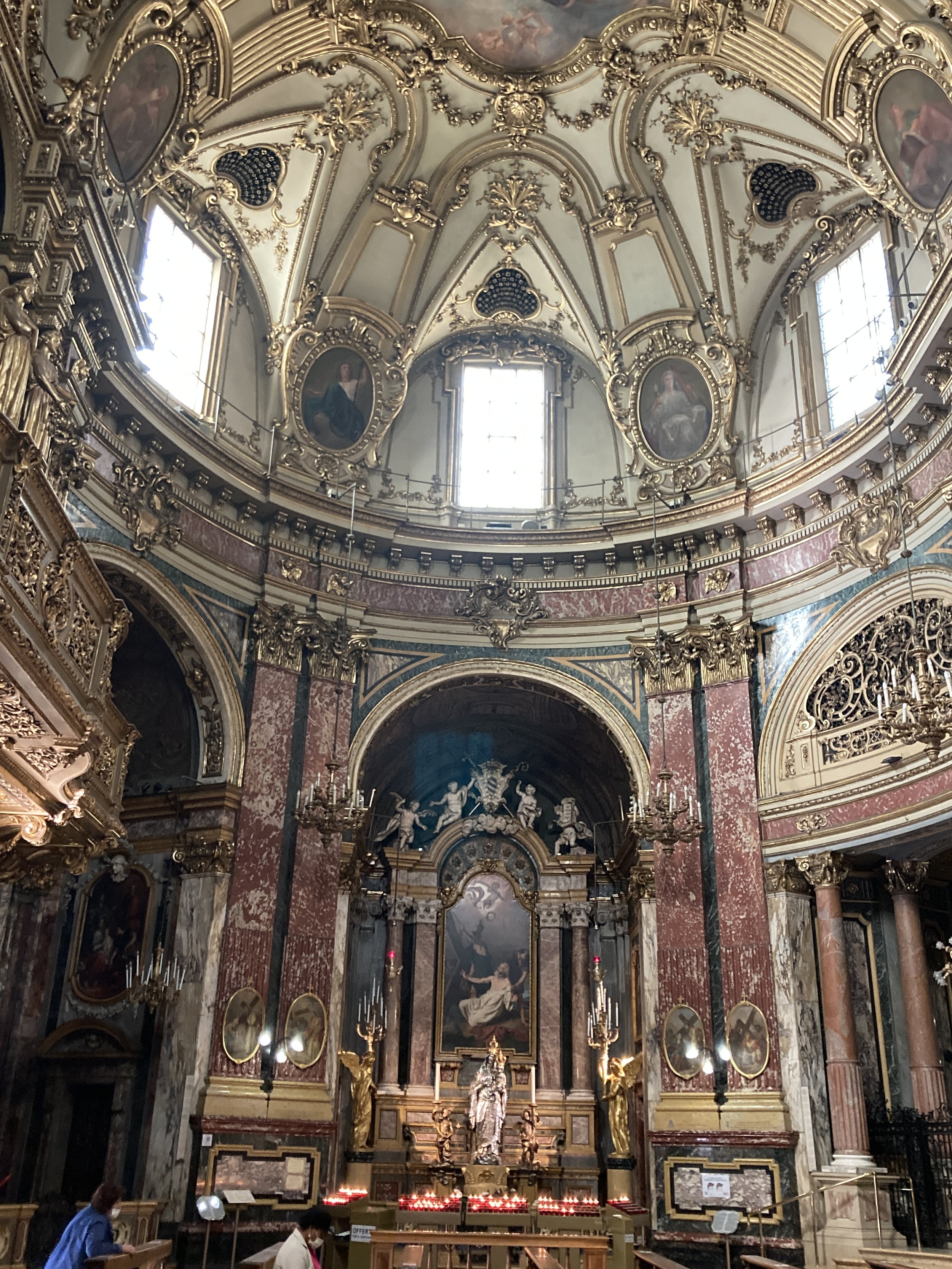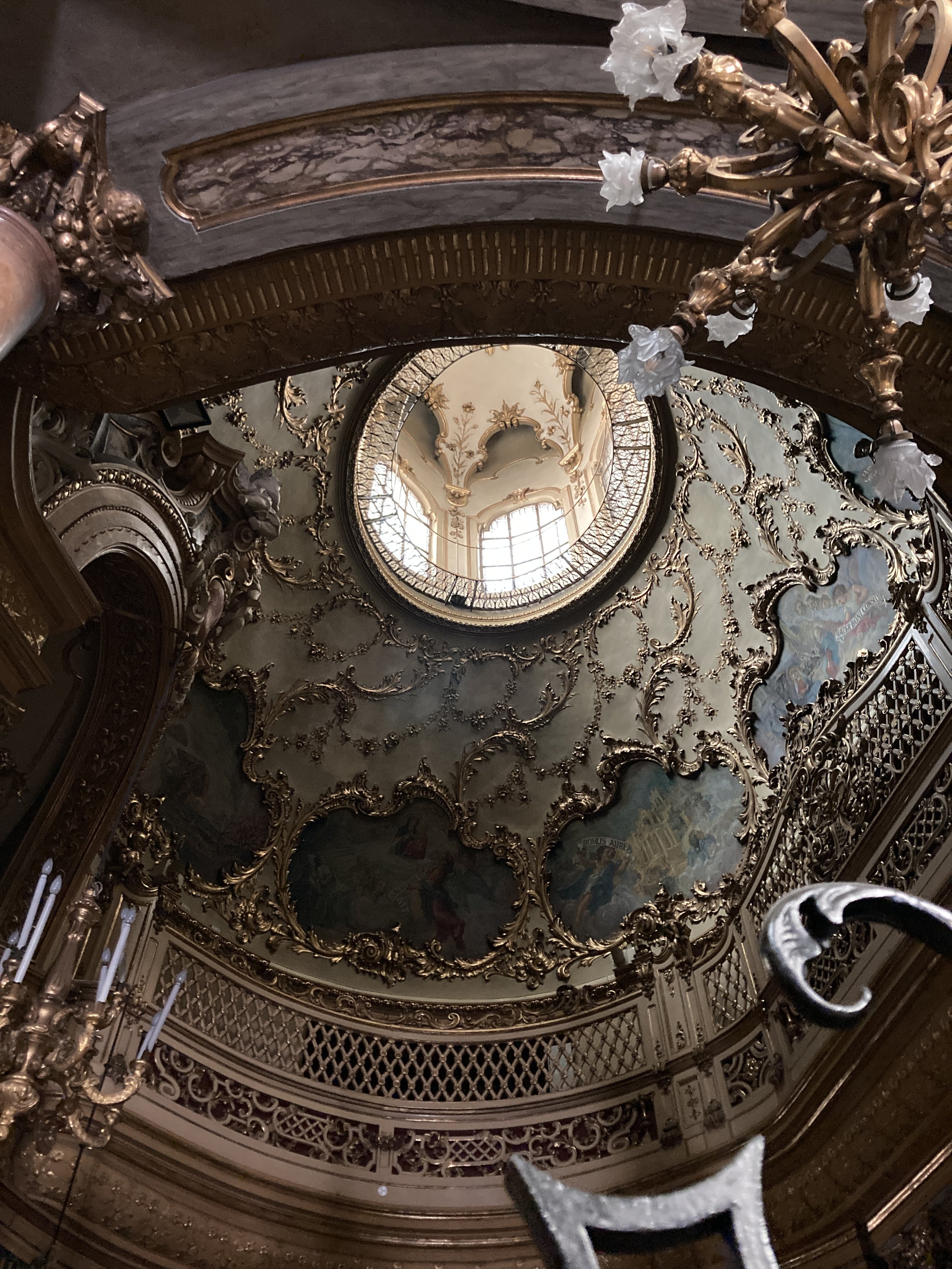The Quadrilatero Romano : A Different Side of Torino
Like many Italian cities, Torino (Turin) has Roman roots. But that history is less obvious here than in places like Rome, Verona or even the small town of Lucca where I live. In Torino, you have to hunt a bit for its Roman beginnings.
The Quadrilatero Romano is where Torino began; where the Roman city stood. It stretches north and west from the Palazzo Madama. Today it is a characteristic and vibrant neighborhood. But look closely and the traces of Rome appear.
The most obvious Roman feature is the Porta Palatina, the only one of the Roman gates into the city which remains. It rises at the northern end of the Quadrilatero, where it has stood since the 1st century BC. The central portion has a stretch of arches, larger ones for vehicles and pedestrians at ground level with two levels of windows above . The archways are flanked at either end by a pair of polygonal towers. It’s easy to imagine Roman chariots passing under the large main arch. Nearby is a stretch of Roman wall, in the same brick. The Roman theater was also located in this area and other Roman ruins can be found nearby.
Beyond its Roman roots, the Quadrilatero is a unique area with a small village feel, quite different from the other areas of central Torino. The streets are narrow and dressed up with pretty street lamps and small balconies. Interesting shops, cafes, and restaurants dot the streets. It’s a place that makes you want to linger.
Overhead are a series of colorful banners identifying the Contrada dei Guardinfanti. A contrada is a district, but I have to admit that I had no idea what a guardinfanti was. Something for guarding babies? Nope, not even close. The banners mark this area as the district where merchants of the particular contraption which went under a ladies dress giving it a full appearance - called guardinfanti - had their shops. Clearly these were not Roman merchants, but from a later more fashionable era! Today their banners contribute to the unique old world feel of this neighborhood.
One of the largest piazzas in the Quadrilatero, at its western edge, is the Piazza della Consolata. This is a lovely square and the perfect place to stop for one of Torino’s signature treats - a Bicerin. The Bicerin is a hot drink with layers of coffee, chocolate, and cream. I saw two variations in Torino - one with 3 distinct layers and another with two layers (with the coffee and chocolate combined in a single layer). There is no better spot to sample one than at Caffe` Bicerin in Piazza della Consolata. Not too sweet, with just the right blend of coffee and chocolate. I had to try one in the name of research, right? As for the accompanying plate of cookies, I have no excuse!
After sipping a Bicerin, a step across the piazza leads to the Santuario della Consolata (Church of the Virgin of the Consolation). The somewhat plain exterior of this church did nothing to prepare me for the ornate and colorful interior, including a most interesting crypt. Unlike most crypts, which tend to be dark and undecorated, this one was spectacular with very elaborate decoration. A jewel box of a small church.
Whenever I visit a new place I always find myself wondering what it would be like to live there. In the case of Torino, I would happily live in the trendy Quadrilatero neighborhood. But I’d have to remember to limit my Bicerin consumption!
